RealClearScience.
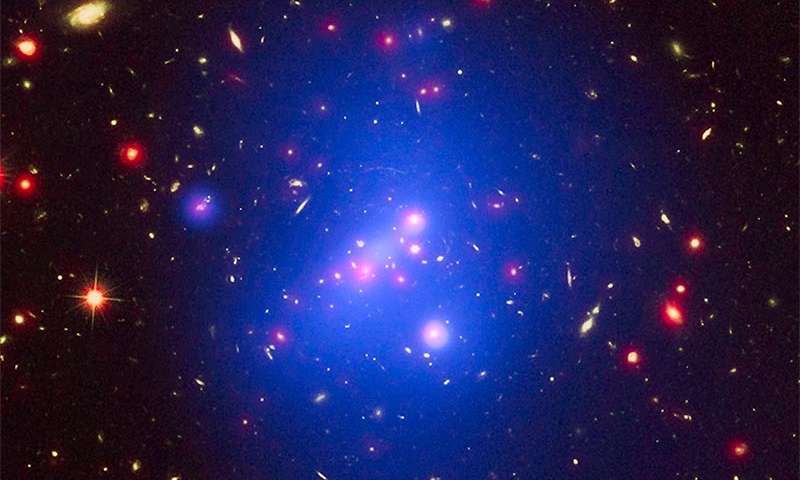

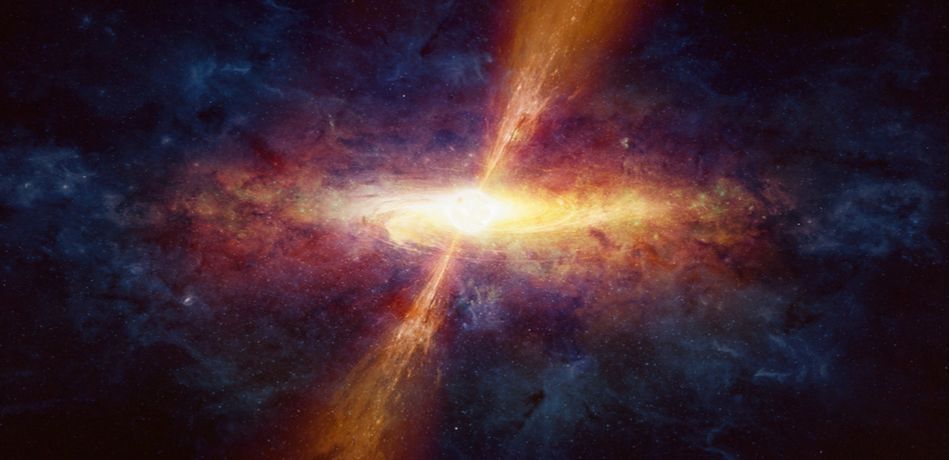
This is the farthest away that black hole wind has ever been known to extend.
Astronomers studying the universe’s first light — the light from the first stars, which ignited nearly 14 billion years ago, according to the European Southern Observatory (ESO) — have made an unexpected discovery.
While scouring the distant cosmos with the Atacama Large Millimeter/submillimeter Array (ALMA) in northern Chile, the scientists came across a streak of thermal wind spewed from a far-flung black hole, which had traveled a staggering distance from the galaxy where it originated.
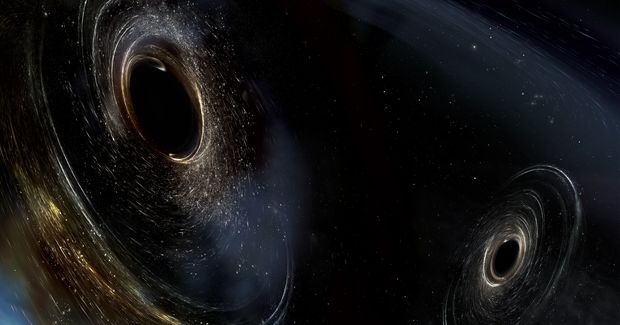
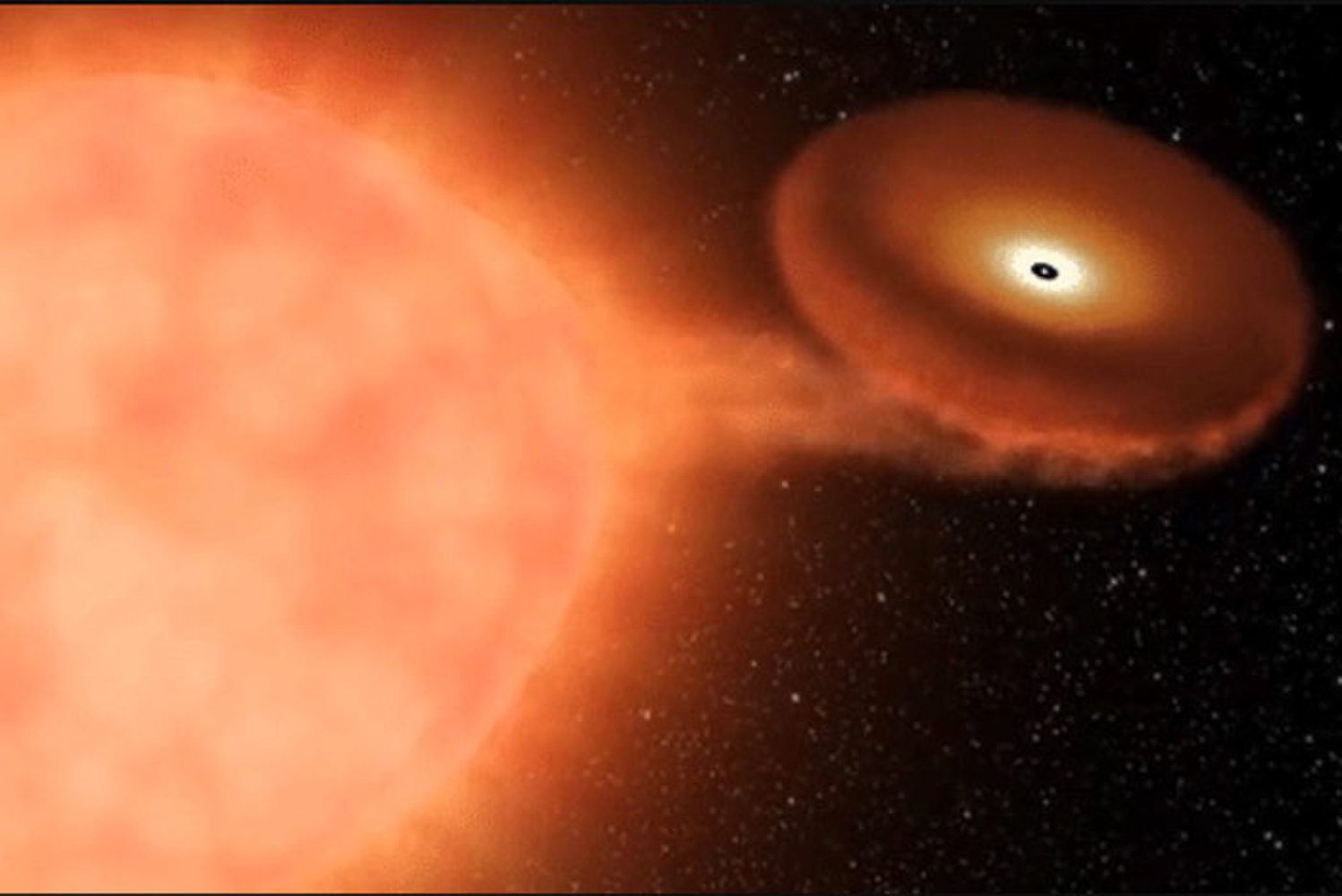
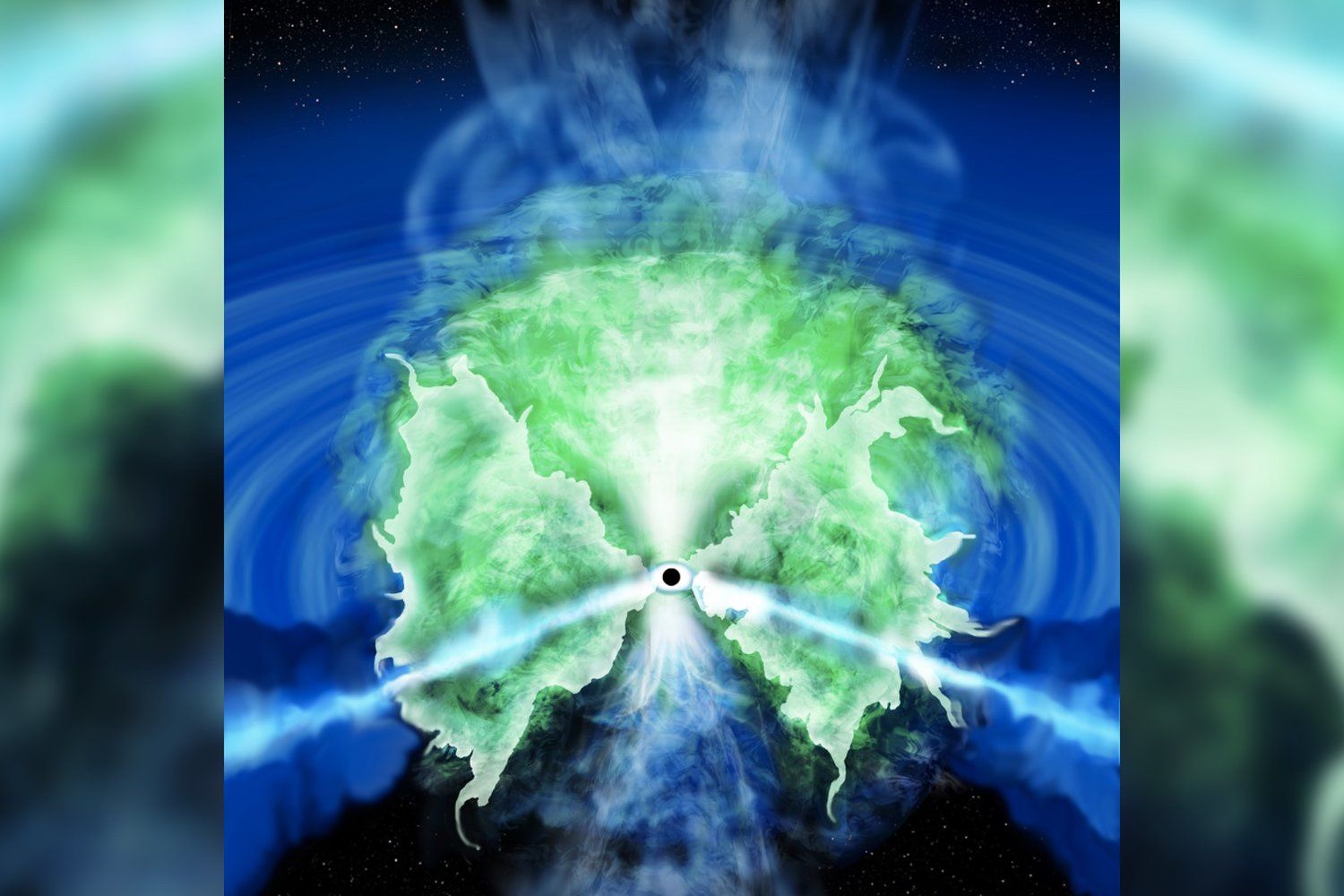
There are churning, hellish, hot-and-cold gas storms swirling around our universe’s supermassive black holes. But the scientists who discovered them would prefer you call them “fountains.”
That’s a change from “donuts,” the term researchers previously used to describe the roiling masses. But a paper published Oct. 30 in The Astrophysical Journal reveals that the donut model of the mass around black holes may have been too simplistic.
About two decades ago, researchers noticed that the monster black holes at the centers of galaxies tended to be obscured by clouds of matter — matter that wasn’t falling into the black holes but rather circulating nearby. But astronomers couldn’t get a clear look at those clouds. They were able to simulate the currents around black holes, though, as in this example published in The Astrophysical Journal Letters in 2002, and they concluded that those clouds were donut-shaped — gas falling toward the black hole, getting heated up by proximity and bouncing away, only to fall back toward it again.[What’s That? Your Physics Questions Answered].
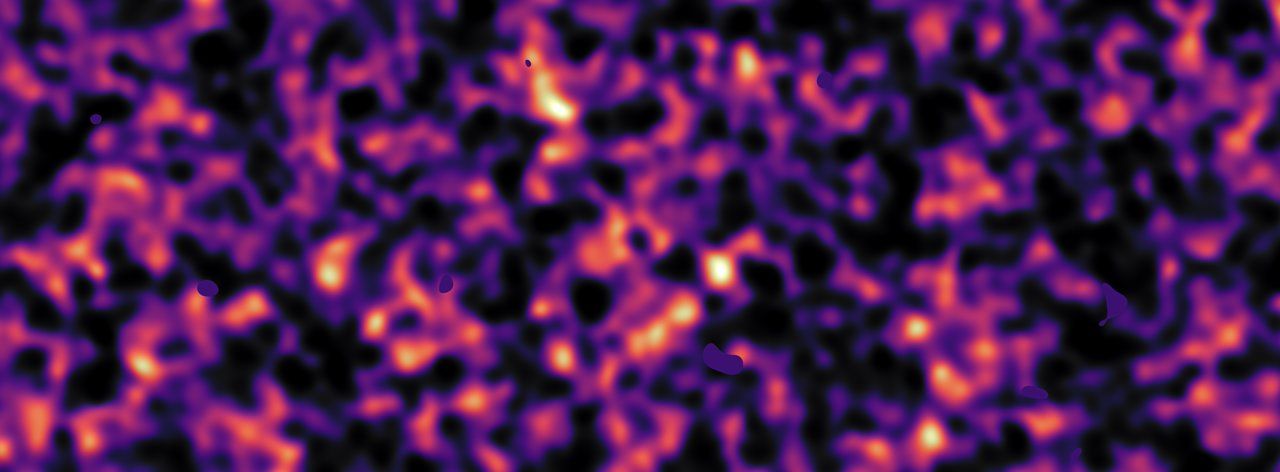
Scientists at the University of Oxford may have solved one of the biggest questions in modern physics, with a new paper unifying dark matter and dark energy into a single phenomenon: a fluid which possesses ‘negative mass.” If you were to push a negative mass, it would accelerate towards you. This astonishing new theory may also prove right a prediction that Einstein made 100 years ago.
Our current, widely recognised model of the Universe, called LambdaCDM, tells us nothing about what dark matter and dark energy are like physically. We only know about them because of the gravitational effects they have on other, observable matter.
This new model, published today in Astronomy and Astrophysics, by Dr. Jamie Farnes from the Oxford e-Research Centre, Department of Engineering Science, offers a new explanation. Dr. Farnes says: “We now think that both dark matter and dark energy can be unified into a fluid which possesses a type of ‘negative gravity,” repelling all other material around them. Although this matter is peculiar to us, it suggests that our cosmos is symmetrical in both positive and negative qualities.”
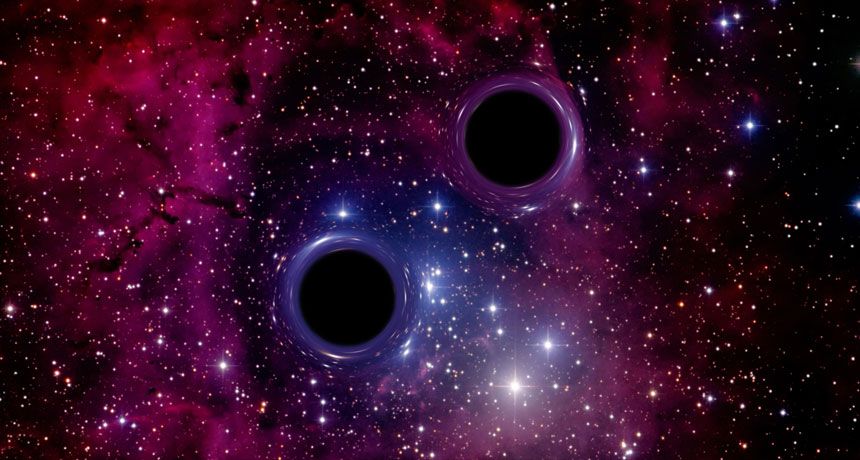
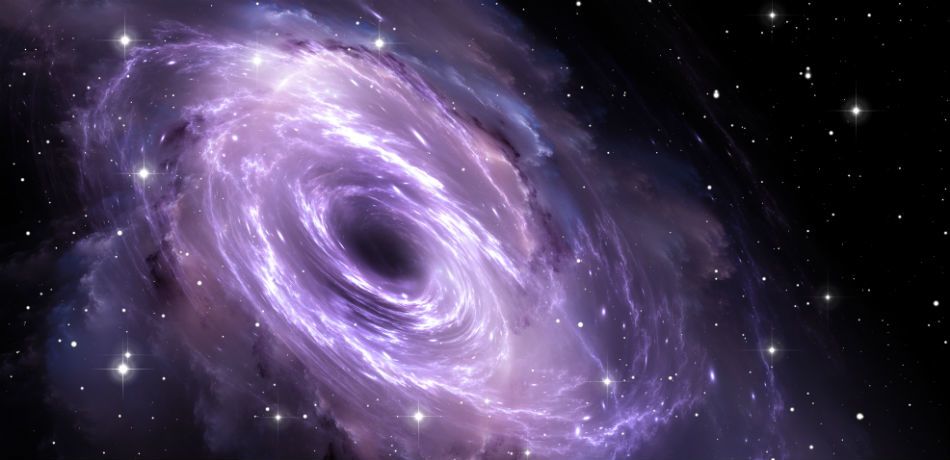
Physicists creating the Gravitational Wave Transient Catalog have discovered four new black hole mergers through the detection of gravitational waves.
Over the weekend in Maryland, physicists involved in the Virgo and LIGO project made the exciting announcement that they had discovered four completely new black hole mergers which came about after gravitational waves were detected around these black holes. This includes what is thought to be the largest black hole collision that we currently know about, which occurred a whopping 5 billion years ago. This monstrous collision created a black hole so big that it is 80 times larger than the sun.
As Ars Technica reports, the four new black hole mergers that have been discovered will be included in a very special piece of research known as the Gravitational Wave Transient Catalog, or GWTC-1, whose aim will be to report on gravitational wave events like these and document them thoroughly. Including the four new black hole mergers that were just detected, there will now be 11 gravitational wave events to catalog.
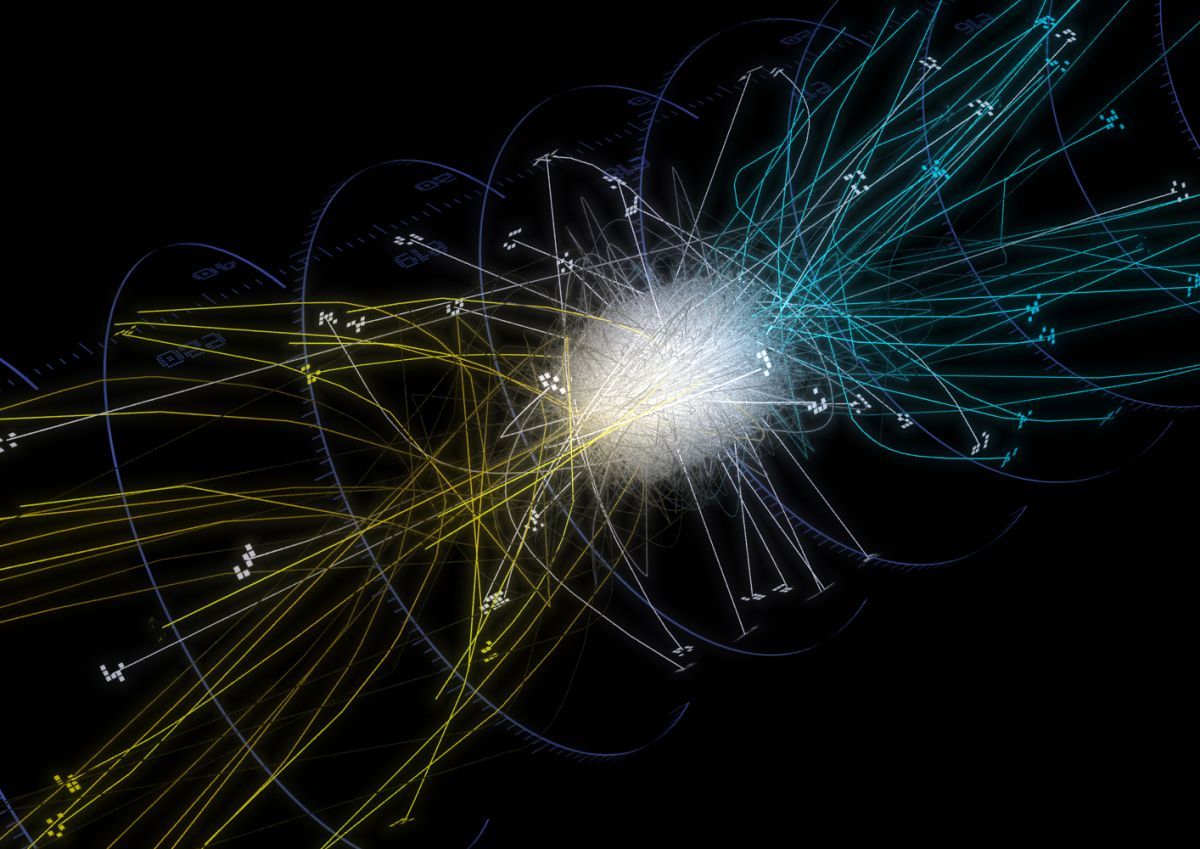
This discovery could help us answer some of the largest conundrums in physics today. Scientists know that matter and antimatter were created in about equal proportions after the Big Bang, as the universe cooled and expanded, but they can’t explain the asymmetry of matter and antimatter, or why antimatter, which annihilates anything it comes into contact with, didn’t just wipe out all matter.
“[W]e have yet to answer a central question of why didn’t matter and antimatter, which it is believed were created in equal amounts when the Big Bang started the Universe, mutually self-annihilate?” co-author Professor Mike Charlton said to Sci-News. “We also have yet to address why there is any matter left in the Universe at all. This conundrum is one of the central open questions in fundamental science, and one way to search for the answer is to bring the power of precision atomic physics to bear upon antimatter.”
